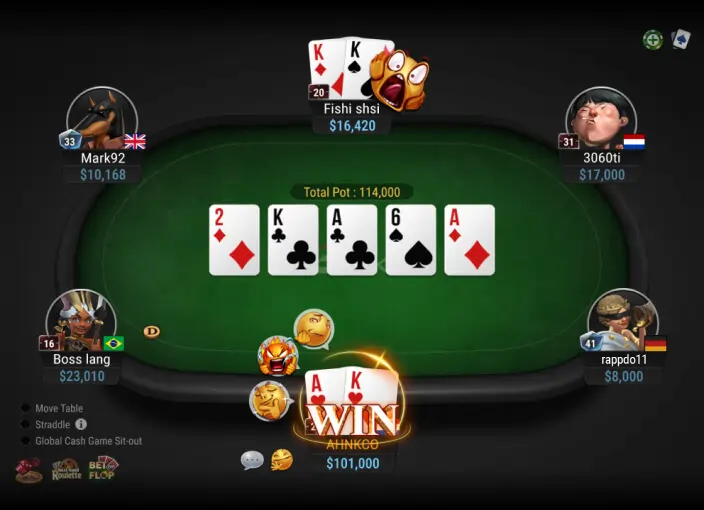How Streaming Platforms Made Poker and Gaming Communities Intersect
The intersection of poker and gaming communities, facilitated by streaming platforms, has transformed player interaction. Traditional distinctions between poker and video gaming blur as shared spaces like Twitch and GGPoker enable cross-participation. These platforms serve as central hubs, merging communities once separated into ecosystems that share common interactive features, technologies, and audiences.
Streaming Platforms as Hubs for Interaction
Live streaming platforms have become effective at bringing together different forms of gaming. Poker enthusiasts and video gamers alike converge on platforms like Twitch. Here, commentators offer real-time engagement and give players insights during gameplay across genres. Poker, with its calculated mental strategies, finds common ground with video games’ focus on strategic decision-making.
Channel followers can engage directly with the players and other viewers through chat functions. This simultaneous communication creates an environment of shared learning. These platforms also offer personal engagement through features like video feeds. Interactive live-streamed poker games can be paired with video gaming broadcasts without technical limitations. This encourages multi-genre engagement and grows both fan bases.
Shared Streaming Events and Cross-Genre Collaboration
Streaming platforms are now the primary venue for creating shared experiences across gaming communities. One prominent trend is the integration of poker games into streams that primarily focus on video games like League of Legends or Fortnite. Content creators, who may have initially gained fame for their gaming abilities, often host poker sessions to diversify their streams. These sessions captivate regular viewers and expose them to new forms of entertainment.
An example of this cross-genre collaboration is seen in streams featuring popular esports players participating in texas holdem poker games. Blending two high-skill games emphasizes the mental strategies required for both poker and video games. Beyond poker, many streamers engage their audience in discussions and spontaneous challenges involving card games and competitive gaming. This approach strengthens connectivity among poker and gaming communities.
Technological Integration and Enhanced Player Experiences
The technological advances shaping this intersection influence how poker and video game enthusiasts engage with their games. Mobile devices have extended the reach of both communities. For poker, mobile accessibility delivers the convenience of playing on the go. This has been capitalized on by holding mobile-exclusive tournaments. Providing unique interfaces and formats enhances engagement for casual mobile players. In these formats, poker platforms and streaming services work together to make live poker accessible to anyone with a smartphone.

Augmented and virtual reality are also reshaping how players interact with virtual environments. While PokerStars VR recreates the dynamics of sitting at a poker table, virtual chat functions allow players to connect while gaming. The role of augmented reality, which could provide live overlays of poker statistics in tournaments, will likely deepen engagement in this space.
Celebrity Engagement and Broader Appeal
Streaming platforms have fueled increased engagement through the participation of high-profile individuals. Poker streams often feature collaborations between recognized gaming personalities and poker pros. Influencers who are native to the gaming sphere often cross-promote their poker events and introduce followers to a new genre of entertainment.
Collaborative events and hybrid tournaments have embraced demographic shifts and kept audiences engaged. For example, themed tournaments, where poker players adopt esports terminologies or where esports players immerse themselves in poker environments, keep promoting mutual growth. Platforms introduce special bonuses for viewers as part of either community by cross-branding poker tournaments with esports promotions such as skins, digital items, or other forms of virtual tokens used in the gaming industry. The cross-pollination of audiences through celebrity engagement transforms how both communities perceive and engage with their respective games.
Poker’s highly analytical aspects will continue attracting gamers who are already familiar with the precision required in esports. Industry adaptations are inevitable, and merging these traditions into poker and esports only points to further innovation and co-existence between the two disciplines. Streaming platforms are pivotal in shaping and pushing the boundaries of what is possible within these growing spaces.